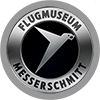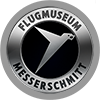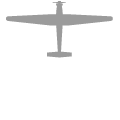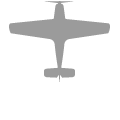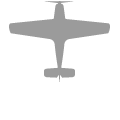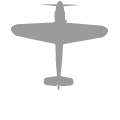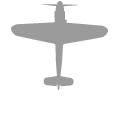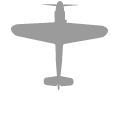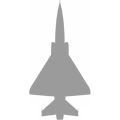SERVICE HISTORY TABLE
MESSERSCHMITT Bf (Me) 109 G-10 ‘YELLOW 3’
December 1959
Supplied by HASA
4 January 1961
Assigned to the 7th Squadron.
During the ferry flight to Gando in the Canary Islands,the aircraft ran out of fuel due to a leak in the outer tanks. Forced to make an emergency landing on a beach near Tisnit in Morocco, the aircraft overturned and ended up upside down.
30 September 1961
Decommissioned after just 50 hours of flying time.
1982
Hans Dittes bought the HA 1112, restored it and flew it for a few years. It was then remodelled as a Bf (Me) 109 G10, using original German parts.
23 March 1995
Maiden flight as a G10 from Mannheim with Mark Hanna at the controls.
23 June 1998
Aircraft badly damaged when taxiing incorrectly in Manching. Sold to EADS and the Messerschmitt Foundation.
27 May 2008
Accident when landing on the opening day of the ILA Berlin Air Show.
FACTS AND FIGURES
MESSERSCHMITT Bf (Me) 109 G-10 ‘YELLOW 3’
Owner
Airbus and Messerschmitt Foundation
Holder and operator
Airbus
Tail number
D-FDME
Serial number
NS213 and tail number C.4K141
Year of construction
1959
Length
8,94 m
Wingspan
9,92 m
Height
2.50 m (excluding propeller)
Take-off weight
3.280 kg
Speed
685 km/h
Engine
DB 605 D
Power
1,140 kW (1,550 HP) [excluding MW 50]
First flight
28 May 1935
GALLERY
MESSERSCHMITT Bf (Me) 109 G-10 ‘YELLOW 3’
-
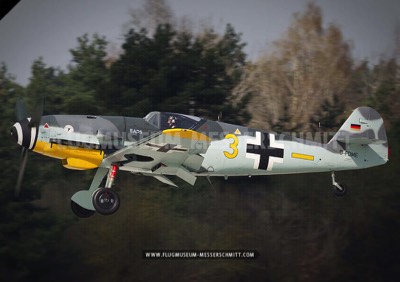
Me 109 G10 ‘YELLOW 3’
-
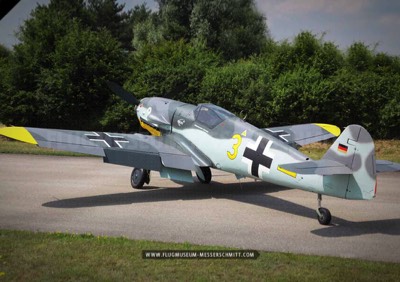
Me 109 G10 ‘YELLOW 3’
-
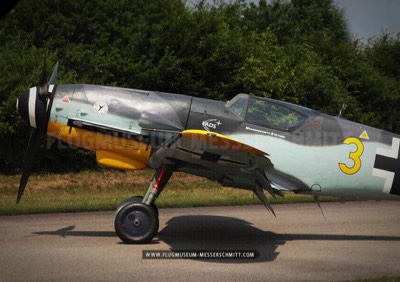
Me 109 G10 ‘YELLOW 3’
-
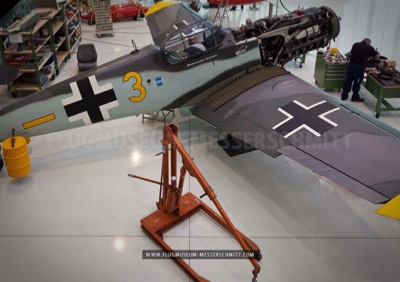
Me 109 G10 ‘YELLOW 3’
-
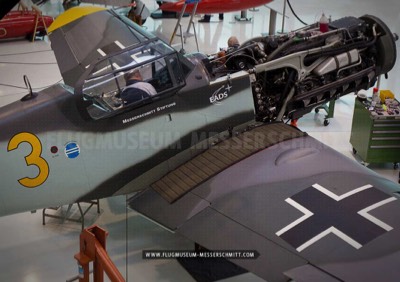
Me 109 G10 ‘YELLOW 3’
-
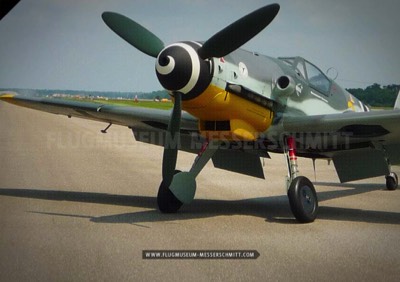
Me 109 G10 ‘YELLOW 3’
EXHIBITS
QUICK ACCESS TO MESSERSCHMITT EXHIBITS
© FLUGMUSEUM MESSERSCHMITT
